
Vaccines: A public health success story
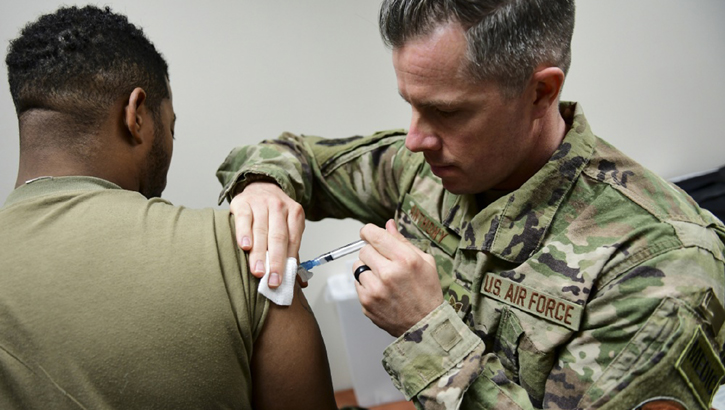
Air Force Tech Sgt. Joseph Anthony, medical technician with the 911th Aeromedical Staging Squadron, administers a vaccination to a member of the U.S. Army Reserve’s 336 Engineering Company Command and Control, Chemical Radiological and Nuclear Response Enterprise Team at the Pittsburgh International Airport Air Reserve Station, Pennsylvania, April 11, 2019. Department of Defense-issued vaccinations are used to prevent a variety of diseases that military members may encounter in the course of their duties. (U.S. Air Force photo by Joshua J. Seybert)
Throughout U.S. history, people have benefited from improvements in the field of public health. The availability of clean water, the development of sewage systems, and other effective interventions worked to cut the rate of disease in entire segments of the population at relatively low cost. Vaccination is an intervention that has proved effective in terms of cost and effort in protecting the population from disease.
Individuals clearly benefit from the disease protection offered by vaccinations. In addition, if vaccination levels are high enough within a population, protection may be extended to those unable to be vaccinated, either due to a medical restriction or because they are too young. This is because without enough susceptible individuals acting as “carriers,” the disease can’t effectively be transmitted from person to person. The ideal situation is when the disease is eradicated. This has only happened once in recorded human history, with smallpox. We need enough participation in vaccination programs so both individuals and society can enjoy the benefits of freedom from disease.
As a scientist, the recent backlash against vaccines and decision by some parents not to have their children vaccinated concerns me. The use of vaccines is a societal process of risk and benefit, not only for individuals but for everyone. We have a basic tenet in society: balancing an individual’s right to choose with that person’s duty to protect him or herself, any children, other loved ones, and society as a whole.
Some of the information circulating in today’s media about vaccines isn’t scientifically based; instead, it’s based on emotion. Measles was declared eliminated in the United States in 2000 because people were vaccinated against it at such high rates that there was no continuous disease transmission. Measles is now making a comeback as a substantial portion of the population has chosen not to be vaccinated against it. Approximately 1 per 1,000 individuals who gets measles will have a serious adverse outcome that can include life-long disability or death. Neurological complications can occur from measles – it’s a potentially dangerous disease that’s completely preventable.
A complicating issue for society is that some individuals who would normally take a vaccine for some diseases can’t be vaccinated for medical reasons. They’re either too young or have an immune deficiency or some other limiting factor. These people are now being exposed to unnecessary risk by others who have declined to take a vaccine because they have a belief against it for whatever reason.
Of course, measles isn’t the only disease that can be controlled by vaccinations. Others include:
Mumps. We know that mumps often doesn’t cause as many problems as measles long term, but mumps does have serious potential consequences. There was a recent outbreak of mumps among active-duty personnel. This is likely because the mumps portion of the MMR vaccine isn’t as effective initially as the measles or rubella portions, and even in those who have an initial immunity to mumps, the protection declines more rapidly than the other portions over time. There’s no current recommendation or policy to revaccinate people against mumps, except during a mumps outbreak, so mumps still occurs.
Whooping cough (pertussis). This disease more often causes complications and serious diseases in children. We have policies for certain DoD-run activities, such as day care centers, requiring individuals to be vaccinated against pertussis. The policies were put in place primarily because of the potential for children to spread it to other children, with potentially serious complications.
Hepatitis A. This disease is most commonly transmitted through contaminated food or water. It is currently a routine childhood vaccine. We vaccinate all service members for hepatitis A.
Influenza. Every year we offer an influenza vaccine. We require all service members to get it, and we offer it to all beneficiaries. The “flu shot” is especially important for populations targeted by CDC as “higher risk,” including children from six months to about 9 years of age and pregnant women. The CDC has recommended that everyone get the vaccine, but public health professionals struggle to reach a rate as high as 50 percent. Other than for service members, the decision of whether or not to receive the influenza vaccine remains with the individual. While we provide guidance and counseling to assist them, the individual must balance any concerns about the vaccine with the potential benefits of not getting flu.
Additional vaccinations are critical in the military, beginning in basic training when large numbers of individuals from around the country are housed together. The adenovirus vaccine is given because this upper respiratory infection can cause significant lost time during training, and on rare occasion it can have more severe consequences, including death.
Other vaccines are required for military personnel because of their occupations or the potential risks they might face – like anthrax and smallpox. Some vaccines are given to warfighters as protection against diseases we don’t worry about in the United States; these diseases, including meningitis and yellow fever, cause problems elsewhere. Our service members must be as ready as possible at all times, and a medically ready force must be free of potentially disabling and disability-producing diseases. At this time, vaccines are among the most effective tools we have to reduce the risk of a service member acquiring a preventable disease.
Regarding vaccines, the military follows Centers for Disease Control and Prevention guidelines for the general population, except in the specific cases just mentioned where vaccines are required for military reasons.
In a sense, the effectiveness of vaccines to control and eliminate diseases causes a problem: Vaccines are a victim of their own success. Many people think they don’t need to protect themselves anymore, that the diseases eradicated here are now somebody else’s problem in another part of the world. The current measles outbreaks demonstrate the flaw in this reasoning. Our emphasis in public health in general is that vaccines are good, and the need for them is ongoing. The vaccines we use are proven safe and effective. Any risk from a vaccine pales in comparison to the benefit to the individual and to society. The scientific evidence is clear: Vaccines are a public health success.
The kissing bug and Chagas disease
Article
8/1/2019

Chagas disease comes from a single-celled parasite that lives in the digestive tract of many species of kissing bugs
Tick Facts: Dangers at the height of tick season
Article
7/31/2019

Many diseases are transferred to humans by ticks — Lyme is the most common, but several others, described here, are worth knowing about
Zapping mosquitoes from the inside out
Article
7/29/2019
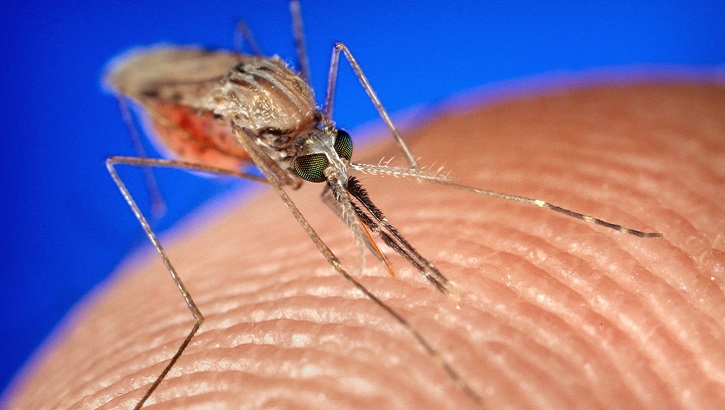
Mosquitoes aren’t just annoying at summer barbecues. In many parts of the world, they carry pathogens for Zika, dengue, yellow fever and malaria, the most devastating of mosquito-borne diseases. According to the Centers for Disease Control and Prevention, 440,000 people died in sub-Saharan Africa in 2016 from malaria, contracted from the bite of an infected female Anopheles mosquito. Protecting U.S. military personnel who continue to serve in this part of world is critical.
Men’s preventive health screenings essential for readiness and a lifetime of good health
Article
6/27/2019
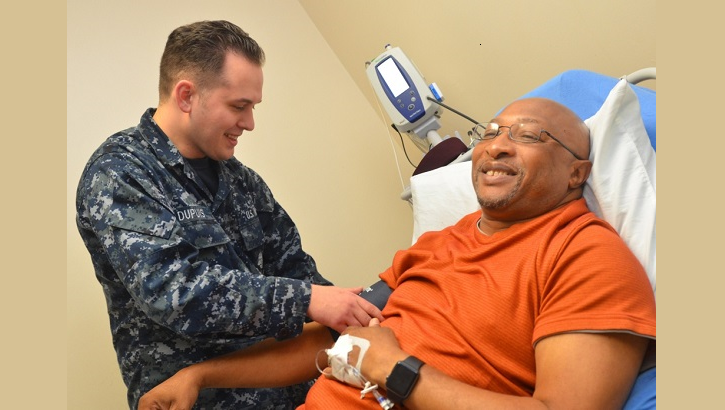
An apple a day helps, too
Mail-in colon cancer screening may end colonoscopy for most
Article
6/19/2019

The best test is the one the patient will do
Is exercise that’s too intensive resulting in your angina?
Article
4/8/2019
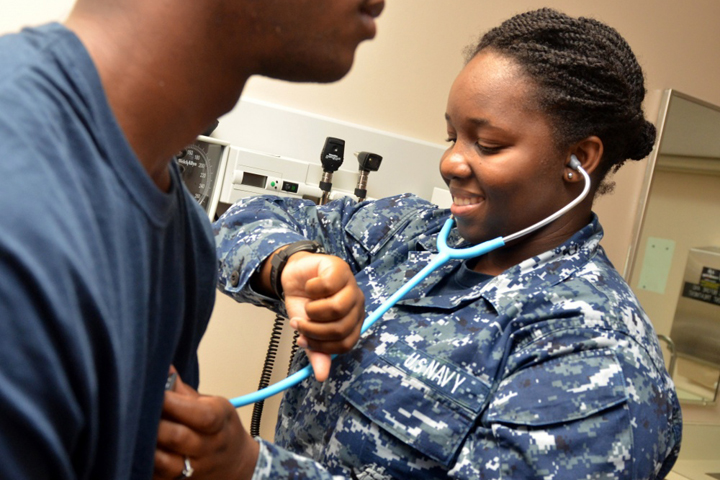
Angina is experienced as a feeling of tightness or pressure in the chest that can also radiate out to your neck, jaw, back or shoulders
Sudden cardiac death in young athletes
Article
3/7/2019

Sudden cardiac events can occur in seemingly healthy young people in their teens or twenties, including young servicemembers
Taking care of your heart with TRICARE benefits
Article
2/19/2019

Getting preventive screenings now could save your life tomorrow
Stroke prevention awareness
Article
2/4/2019
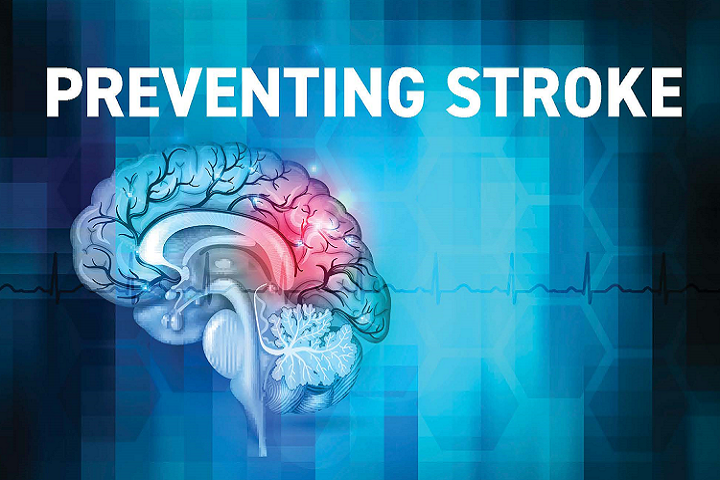
Stroke is the fifth leading cause of death in the U.S.
2019 TRICARE Winter Safety Kit
Infographic
1/22/2019

This infographic provides tips and information about staying safe and warm during a snow storm.
TRICARE Preventive Services
Video
1/14/2019

Watch this video to learn more about all the preventive services your TRICARE benefit covers.
'Fused' technologies give 3D view of prostate during biopsy
Article
1/9/2019
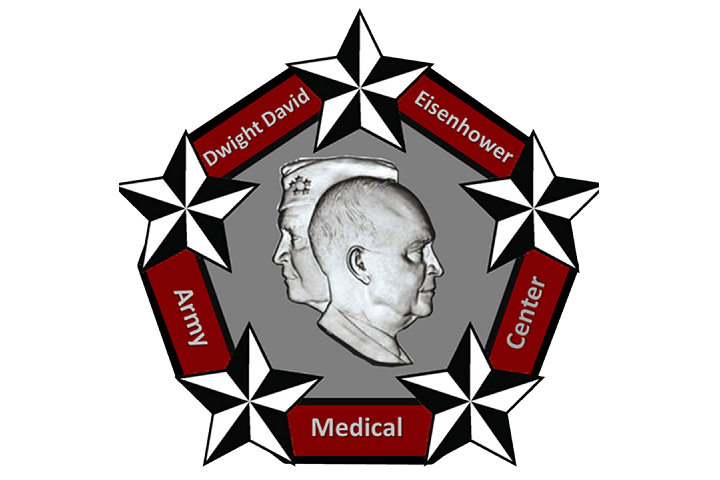
Other than skin cancer, prostate cancer is the most common cancer in American men
Women’s Health: Taking time for yourself
Article
10/16/2018
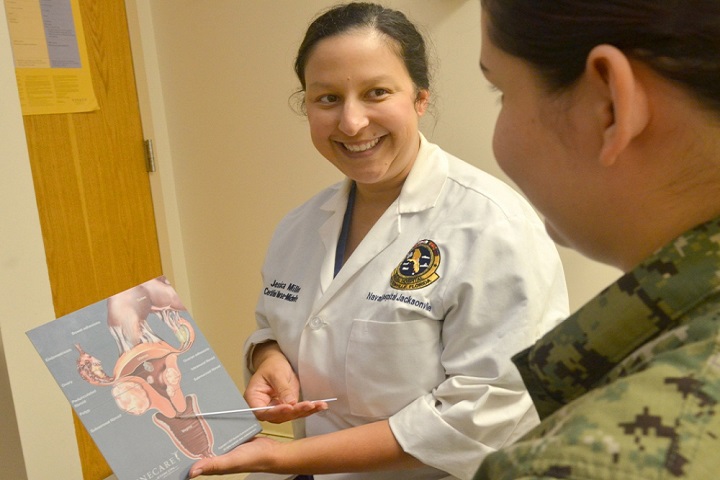
The top two causes of death for women are heart disease and cancer
Mammograms recommended for early detection of breast cancer
Article
10/4/2018
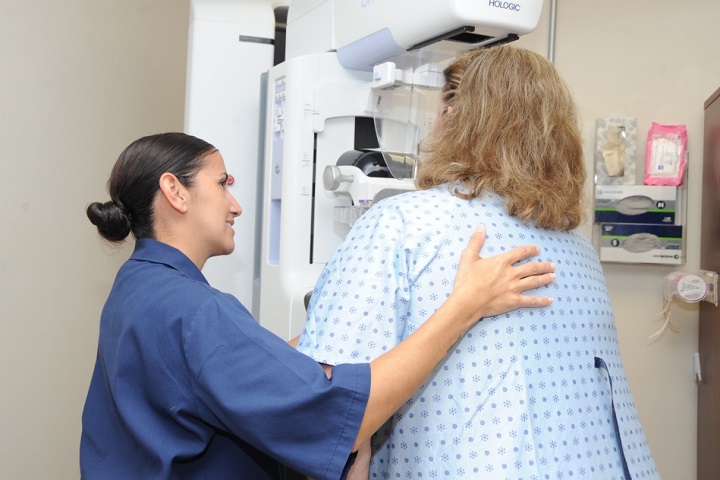
A mammogram is a low-dose x-ray used to detect the early stages of breast cancer
Prostate Cancer Awareness Month: Empowering patients
Article
9/28/2018

For September’s Prostate Cancer Awareness Month, the Military Health System is encouraging men to learn more about the disease






















.png)











No hay comentarios:
Publicar un comentario